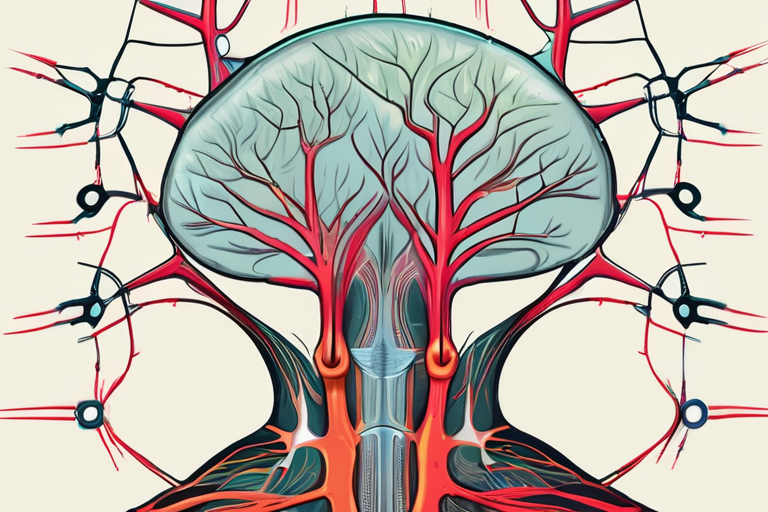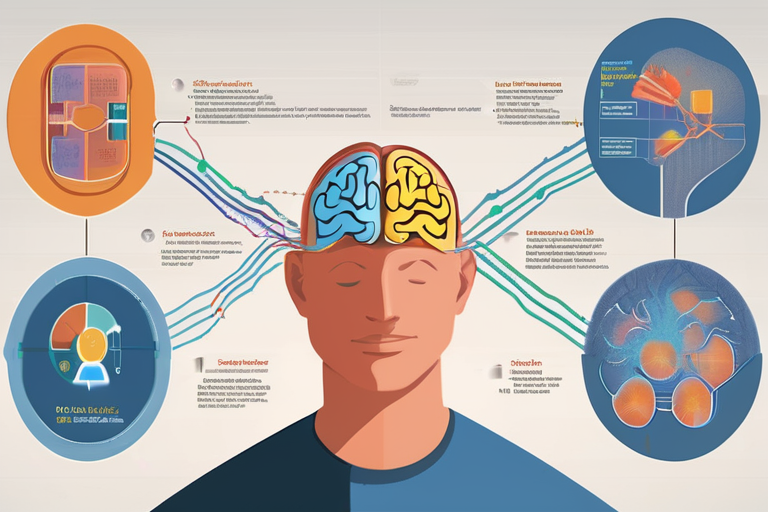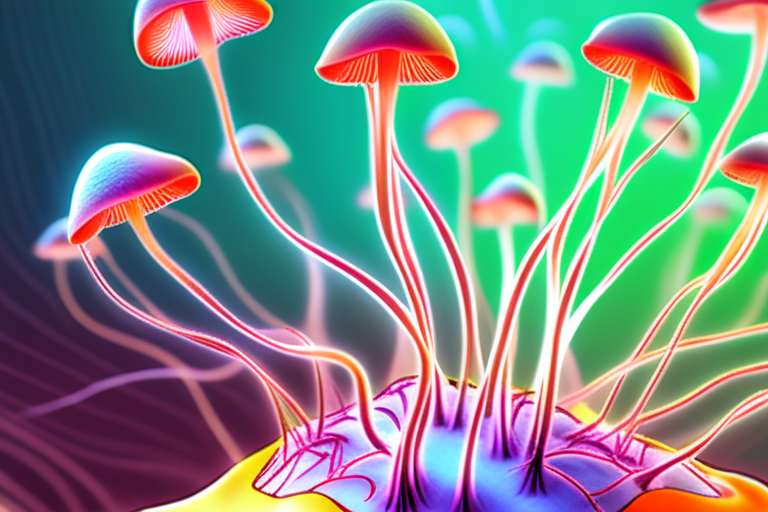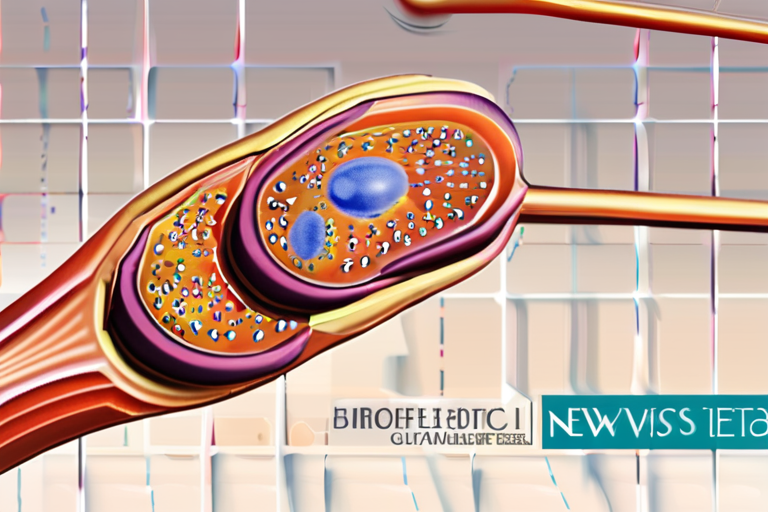Nature Corrects Psilocybin Study: Pyramidal Cells and 5-HT2A Receptors Key to Lasting Action


Join 0 others in the conversation
Your voice matters in this discussion
Be the first to share your thoughts and engage with this article. Your perspective matters!
Discover articles from our community

 Hoppi
Hoppi

 Hoppi
Hoppi

 Hoppi
Hoppi

 Hoppi
Hoppi

 Hoppi
Hoppi

 Hoppi
Hoppi

Brain Mapping Breakthrough: Structure Doesn't Equal Function Researchers have made a groundbreaking discovery that challenges the long-held assumption that mapping …

Hoppi

CORRECTION PUBLISHED IN NATURE: PSYCHOACTIVE SUBSTANCE STUDY REVEALS NEW INSIGHTS A recent correction published in the prestigious scientific journal Nature …

Hoppi

The hallucinogen psilocybin is produced in hundreds of species of magic mushroommicrogengmail.com A single dose of the psychedelic compound psilocybin …

Hoppi

Startup Uses AI to Develop Psychedelic-Like Drugs Without the Hallucinogenic Effects In a breakthrough that could revolutionize the treatment of …

Hoppi

Athletes Turn to Ibogaine for Brain Injury Treatment LOS ANGELES - A growing number of professional fighters and football players …

Hoppi

Scientists Unveil Structure and Function of Delta-Type Glutamate Receptors, Shedding Light on Brain Function and Disease A groundbreaking study published …

Hoppi